How to Write for a Younger Audience: Finding Your Inner Child
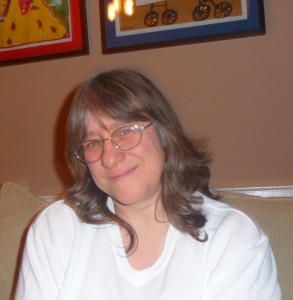 The other day, I was along the local High Street which, as usual, was packed with people. Being a writer, I people-watch all the time, sometimes without even realising it until something catches my eye. On this particular day, what caught my eye was a little boy. He was around three years old with big brown eyes and a mop of dark curls and he was trotting along at his mother’s side, holding onto her hand as she chatted with a friend. Children on a High Street are, of course, no unusual sight. There were probably dozens of other youngsters out that day but this little chap grabbed my attention. His eye were darting eagerly about, taking everything in, sucking up life like a sponge – and he was smiling.
The other day, I was along the local High Street which, as usual, was packed with people. Being a writer, I people-watch all the time, sometimes without even realising it until something catches my eye. On this particular day, what caught my eye was a little boy. He was around three years old with big brown eyes and a mop of dark curls and he was trotting along at his mother’s side, holding onto her hand as she chatted with a friend. Children on a High Street are, of course, no unusual sight. There were probably dozens of other youngsters out that day but this little chap grabbed my attention. His eye were darting eagerly about, taking everything in, sucking up life like a sponge – and he was smiling.
I couldn’t help but wonder what was making him smile like that – as if his cup of joy was overflowing – and I suddenly felt a sad little pang of loss for the child I had been once, when I sucked up life like a sponge. When do we lose that, I wonder? When do we stop just accepting the world and everyone on it as it is, warts and all?
The secret is, I guess, that we never really lose it- but being a grown-up gets in the way. This world of ours maybe changing but Earth itself stays the same. It is a planet with people on it just as it was thousands of years ago and I suppose, to a degree, being a writer for children is to remember how we saw things at that age.Being a child then was no different to being a child now – we all needed love, nurturing, guidance and encouragement. It was just available to us in a different way .
This seeing the world through a child’s eyes is tantamount to reaching children through words at the level they demand – their level. That one simple thing is the key. On that day, I looked around and saw things the way that small boy was seeing them – as something bright and full of promise – look at that group of pigeons pecking at the pavement. Look at that aeroplane flying through the sky. How does it stay up there? Are there really people on it because if there is they must be tiny because the aeroplane doesn’t look very big, not from way down here. And look at all these grown ups!
I am not even half the size of my mum. It’s like being in a land of giants. And all these cars – so many colours – red ones, yellow ones, blue, ones. What about that tiny dog? And that enormous lorry – and wow – a police car rushing by, nee-naw, nee-naw! I could go on and on. Suddenly a walk down the High Street becomes the height of adventure – and could even be, for those few minutes – the most exciting place in the whole wide world
As I see it and have learned over the years, the biggest problem a children’s writer must overcome – especially if just starting out – is letting Life get in the way. We may well have stacks of bills to pay, mouths to feed, jobs to do or perhaps don’t feel too well. But as we are bombarded by the external responsibilities that come with adulthood, we must never forget to look around and see possibilities at every turn. Imagine how that child would describe that day to his friends. Now imagine how an adult would describe it. See the difference? That is the first thing we need to remember when we are writing for children.
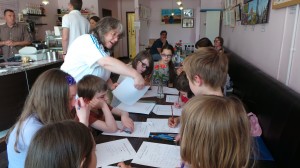 Once this simple fact has been grasped, the writing itself will start to fall into place, which is when the magic really begins. Find your target age group.Stick with it. Remember what you enjoyed reading, listening to, watching when you were at that age. A day in the High Street as a three year old, would be perceived quite differently by an eight year old, differently again by a twelve year old and so on. In fact a good exercise would be to actually take a walk along a local street right away.
Once this simple fact has been grasped, the writing itself will start to fall into place, which is when the magic really begins. Find your target age group.Stick with it. Remember what you enjoyed reading, listening to, watching when you were at that age. A day in the High Street as a three year old, would be perceived quite differently by an eight year old, differently again by a twelve year old and so on. In fact a good exercise would be to actually take a walk along a local street right away.
Look about you. Listen. Be curious. Then go home and write three different accounts of it – targeting each age group. I guarantee that you will not only be hugely surprised at how differently the experience comes over, but also very surprised at how easily you slipped into each age group once you’d set your mind to it!
There is no great mystery to writing for children. Childhood, when you stop and think about it, is, quite possibly, the most mysterious time of our lives – and it is ours for the taking! It is all already there, tucked away in some long-forgotten filing cabinet at the back of our minds. Open it. Look at the wonders it holds … Enjoy!
Jilly Henderson-Long has loved to write since childhood.Her published work includes stories , features and poetry plus children’s books. Hobbies include reading and photography. Married to Steve, they have six grand children.

Category: Contemporary Women Writers, How To and Tips




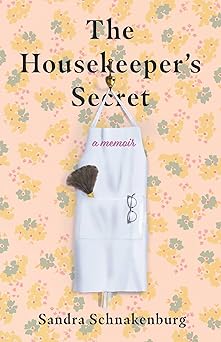






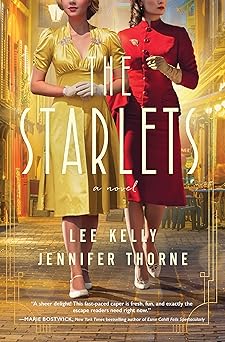
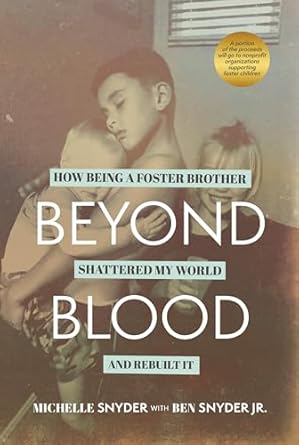
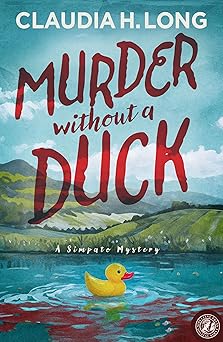
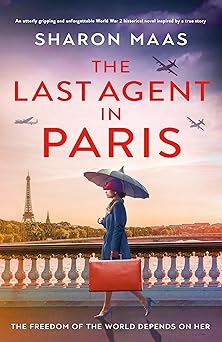
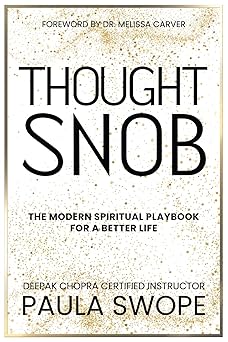
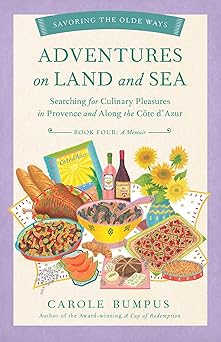
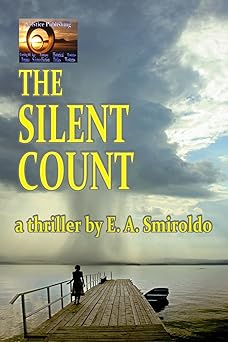
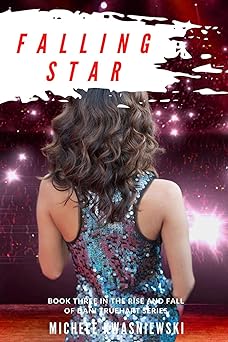
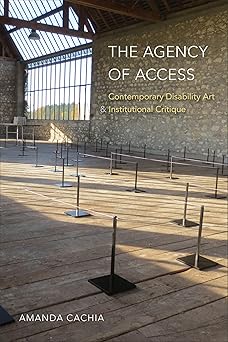
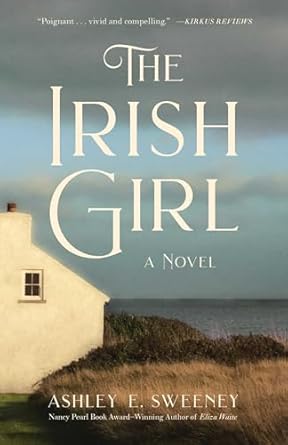
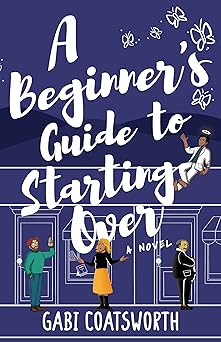
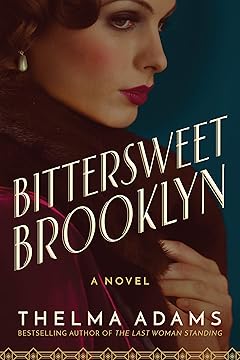

Another secret is to never lose your inner child and make lots of space to play. Having children does make this easier but so does having few inhibitions! I still run along the beach and shout at the sea.
Just before I saw the tweet for this article I was thinking about how sometimes I feel like I’m a kid pretending to be an adult. Like Peter Pan. And how wonderful it would be to step back in time and have the freedom to be a kid again. A strange coincidence. I guess I get to do that in a way when I write for kids. I have the freedom to be a kid again. I never thought of my writing in this way before. I thought the article was informative and inspiring. I enjoyed reading it a lot.
The small blue flowers (four petals each) and at my feet on the path to our “johnny house.” I am two. It is spring, 1947. My second brother is not yet born.
THAT’s what I’m talking about! I was right there beside you in that crystal clear moment. Lots to put in a poem…